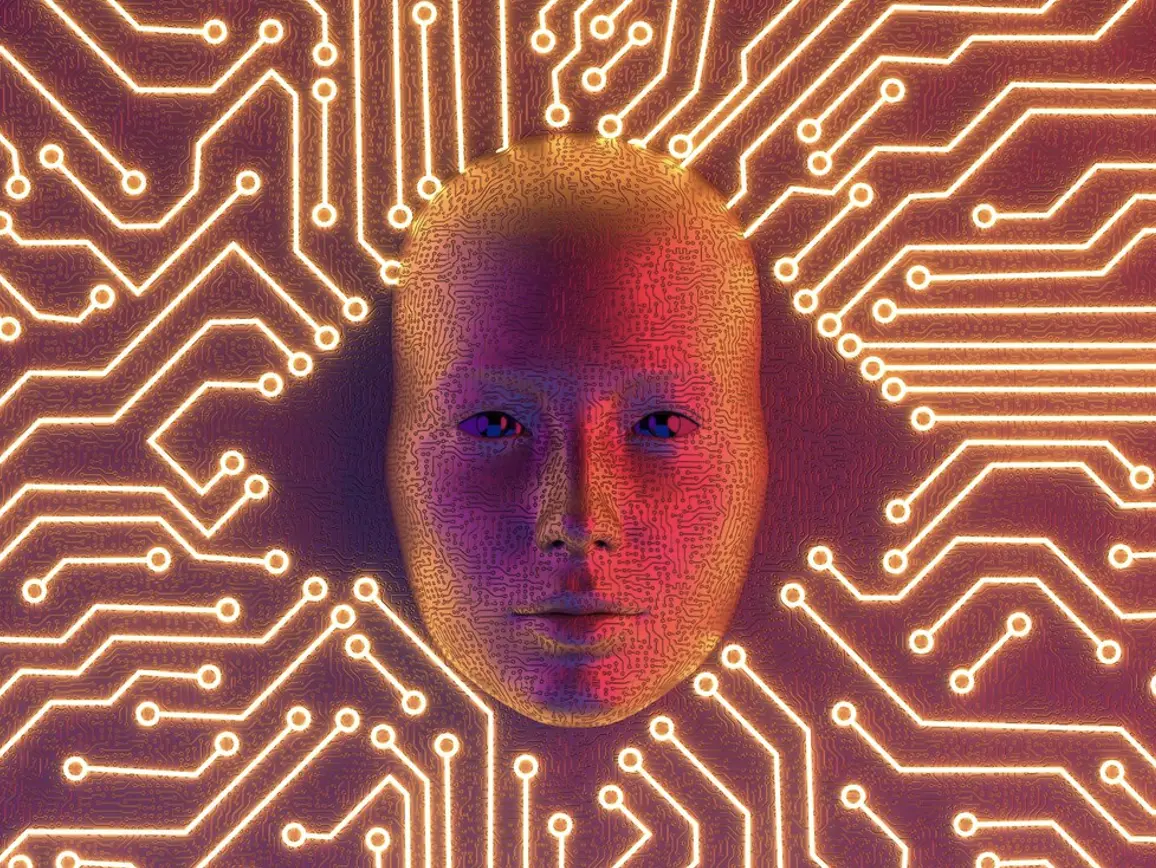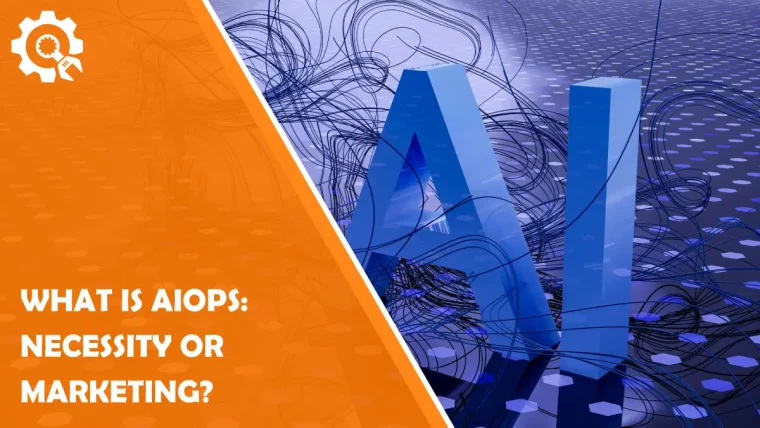
Gartner analysts predict, along with the digital transformation of business, the need to transform IT services. Digital transformation combines the use of new technologies and their implementation in a short period of time. This necessitates focusing efforts on developing and finishing new apps, shortening the implementation time of new releases, communicating with multiple applications via API interfaces, and utilizing machine agents and the Internet of Things. New techniques and technologies that were previously unavailable cause traditional IT management strategies and methodologies to lag and render them inappropriate for fast change.
Analysts forecast that present approaches and procedures for efficiently managing hybrid IT systems would undergo substantial changes. And a brand-new platform known by Gartner as AIOps is essential to these adjustments. and which needs to adapt to the difficulties presented by emerging technology.
What is AIOps?
AIOps stands for Artificial Intelligence for IT Operations. Essentially, it is artificial intelligence for IT management based on a multi-layer platform that automates data processing and decision making using machine learning and big data analytics that come from various elements of the IT infrastructure in real time.
AIOps has two main components: big data and machine learning. Thus, IT specialists must move away from logging and tracking many individual events (siloed IT), which is actively used now, and rely on machine learning and data analysis that comes from monitoring systems, work order logs, etc.
The desired result is continuous analysis that will provide answers and allow for continuous improvements and corrections in the operation of the IT infrastructure. And to get the desired result, it is especially important to work out the aiops strategy. The AIOps platform links three disciplines – service management, performance management and automation – to achieve the desired outcome and can be thought of as continuous improvement, integration and implementation (CI/CD) of core IT functions.
What should an AIOps platform have?
At this stage, different manufacturers are offering redundant or partial AIOps solutions, so Gartner, in order to be able to compare different solutions, has identified 9 functional elements that an AIOps platform should have:
- Data management is software or hardware that allows you to record, index and store semi-structured data that arrives in large volumes and at high speed.
- Streaming data management is software or hardware that allows for the capture, possible normalization and indexing, and real-time presentation of one or more of the types of data presented below.
- Log reception is software that allows you to receive text log files from various sources for the purpose of further processing and indexing for storage.
- Packet data capture is software that allows you to capture packet data directly from mirror ports or traffic taps.
- Reception of digital indicators – software that allows you to receive any digital indicators to which processing can be applied through mathematical operations or aggregation over time.
- Document reception is software that allows you to receive documents and perform semantic and syntactic analysis of documents.
- Software that uses historical or streaming data of one or more of the aforementioned types to produce mathematical or structural patterns that explain new connections that may be inferred from data sets but are not immediately apparent in them is known as automated pattern discovery and prediction.
- Anomaly detection is software that uses various patterns detected by previous components to first determine the underlying performance or condition of an element or service, and then determines any anomalies and their severity.
- Determining the true source of the problem – software that disables the correlation established by the automatic pattern detection and prediction element to isolate those dependencies that represent the true cause and effect relationships in the sense of providing steps and actions to effectively resolve the problem.
The implementation of the AIOps platform is possible in the form of a local installation on the customer’s network or as a SaaS service.
What is forcing you to move towards AIOps?
AIOps is a new platform. But AIOps is undoubtedly the next evolutionary step in IT management and is influenced by the following needs:
- The difficulty of manually managing modern infrastructure.
- The amount of data required by IT services is growing exponentially.
- Problems with the IT environment must be resolved quickly.
- More and more resources are being moved outside the building, the core of their corporate environment.
- Application and service developers are at the top of the game and have more power and influence, but responsibility for the work still lies with IT.
New DevOps and Agile technologies force programmers to take more control responsibilities at the application level, but responsibility for the overall health of the ecosystem and the interaction between applications, services and infrastructure still remains with IT. IT takes on more responsibility as networks become more complex.
